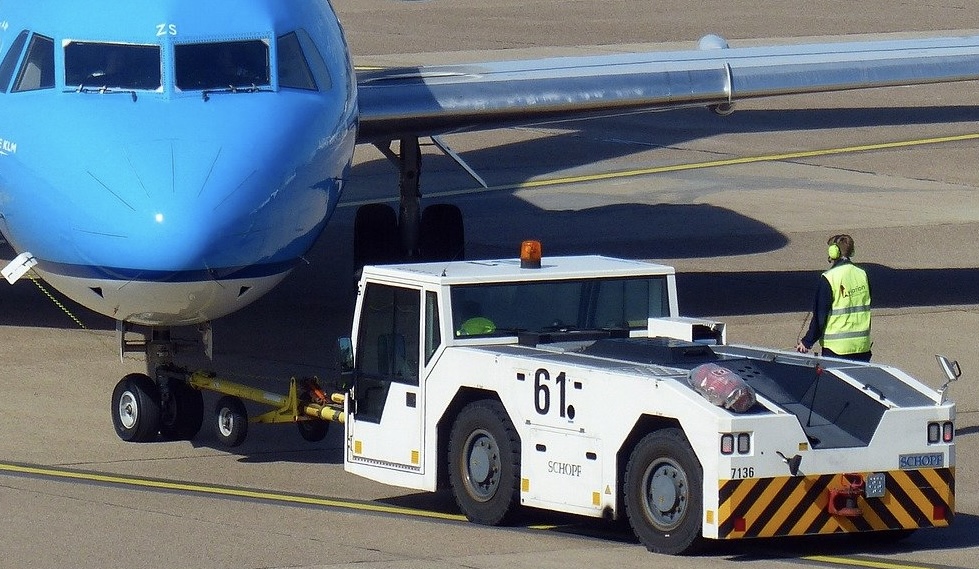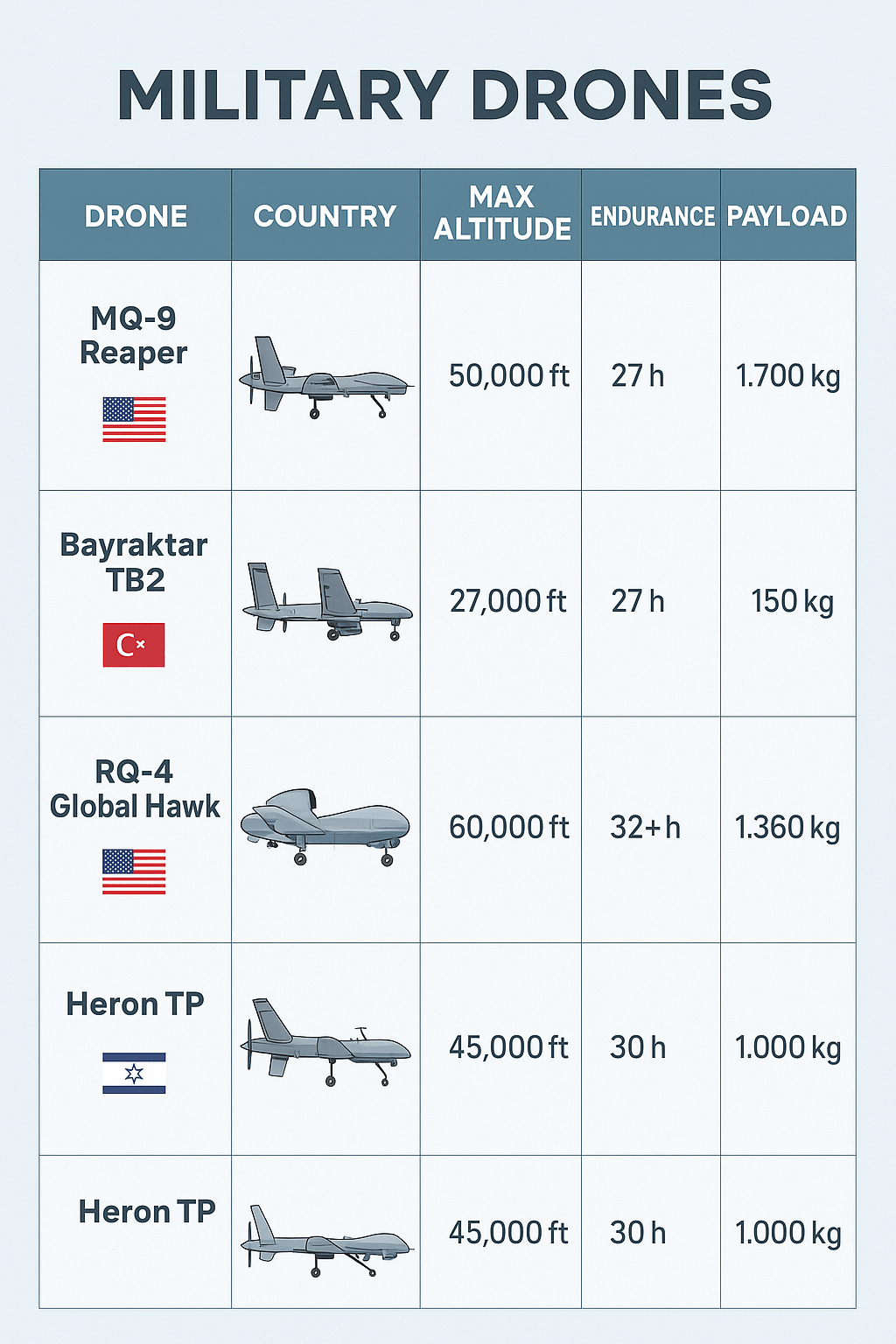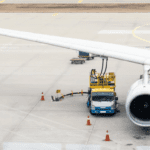
Understanding Pushback Vehicles: The Unsung Heroes of Aviation

When we think about air travel, our minds often jump to airplanes soaring through the skies. However, there’s an essential piece of ground equipment that plays a crucial role in ensuring smooth airport operations: the pushback vehicle. These powerful machines are responsible for maneuvering aircraft on the ground, particularly pushing them back from airport gates before takeoff. In this post, we delve into the world of pushback vehicles, exploring their functions, types, and the statistics that highlight their importance in the aviation industry.
What is a Pushback Vehicle?
A pushback vehicle, also known as a pushback tug or tractor, is a specialized ground support vehicle used to tow airplanes backwards away from an airport gate. Since most aircraft lack reverse thrust capability for safety and efficiency reasons, pushback vehicles are indispensable in repositioning planes for taxiing to runways.
Types of Pushback Vehicles
Pushback vehicles come in various designs and sizes to accommodate different aircraft types. The primary types include:
- Conventional Tugs:
- Design: Feature a towbar that connects the tug to the aircraft’s nose landing gear.
- Weight Range: 20,000 to 54,000 pounds (9,072 to 24,494 kilograms).
- Engine Types: Diesel or electric motors.
- Towing Capacity: Up to 600,000 pounds (272,155 kilograms).
- Towbarless Tractors:
- Design: Engage the aircraft’s nose landing gear directly, eliminating the need for a towbar.
- Weight Range: 10,000 to 60,000 pounds (4,536 to 27,215 kilograms).
- Engine Types: Diesel or electric motors.
- Towing Capacity: Capable of handling aircraft up to 800,000 pounds (362,874 kilograms).
- Advantages: Enhanced maneuverability and faster pushback operations.
Key Statistics
- Global Market Size:
- The global pushback tug market was valued at approximately $4 billion in 2023 and is projected to grow at a CAGR of 5.2% from 2024 to 2030.
- Pushback Operations:
- Over 40 million pushback operations are conducted worldwide annually, reflecting the critical role of pushback vehicles in daily airport operations.
- Major airports, such as Atlanta’s Hartsfield-Jackson International and Beijing Capital International, handle over 200,000 pushback operations each year.
- Fleet Composition:
- Conventional tugs account for about 65% of the global pushback vehicle fleet, while towbarless tractors make up the remaining 35%.
- The shift towards towbarless tractors is increasing due to their efficiency and reduced turnaround time.
- Environmental Impact:
- The aviation industry is increasingly adopting electric pushback vehicles to reduce carbon emissions and noise pollution.
- Electric pushback tugs account for approximately 15% of the market share, with an anticipated increase to 30% by 2030 as airports strive for greener operations.
Advantages of Pushback Vehicles
- Safety: Pushback vehicles enhance safety by providing precise control over aircraft movements in congested airport environments.
- Efficiency: Towbarless tractors improve turnaround times by reducing the need for towbar attachment and detachment.
- Cost-Effectiveness: Modern pushback vehicles are designed to minimize maintenance costs and fuel consumption.
Challenges and Future Outlook
While pushback vehicles are integral to airport operations, they face challenges such as:
- High Initial Costs: Advanced pushback tugs, especially towbarless models, require significant upfront investment.
- Training Requirements: Operators must be trained to handle various aircraft types and pushback scenarios safely.
Looking ahead, the pushback vehicle market is poised for technological advancements, including automation and remote-control capabilities, to further enhance efficiency and safety. As the aviation industry moves towards sustainable practices, electric and hybrid pushback tugs will likely dominate the market, aligning with global efforts to reduce carbon emissions.
Conclusion
Pushback vehicles may not capture the spotlight like the aircraft they support, but they are undeniably vital to the seamless operation of airports worldwide. By efficiently maneuvering aircraft on the ground, pushback vehicles contribute significantly to the aviation industry’s safety, efficiency, and environmental sustainability. As technology continues to evolve, these unsung heroes of aviation will undoubtedly play an even more critical role in the future of air travel.
Hello, I am Aman (: Full Time Traveler :) At the age of 41, in April 2023, fueled by my love for travel and the determination not to remain fixed like a tree, I embarked on a bold journey. Having dedicated 17 years to a corporate job, I chose to transition from a full-time employee to a full-time traveler, driven by the desire to break free from the routine and constraints of a conventional life. Along the way, I not only explored the wonders of travel but also uncovered the transformative power of financial freedom. I realized how it could liberate me to lead a life teeming with adventure, purpose, and fulfillment. Through my blogs, I am passionately sharing my story, aiming to inspire and provide valuable guidance to those, like me, who aspire to weave travel into a life overflowing with limitless possibilities.






















Post Comment
You must be logged in to post a comment.